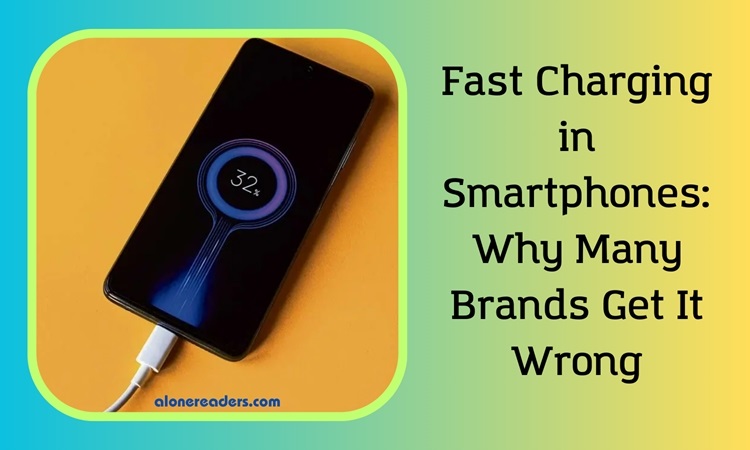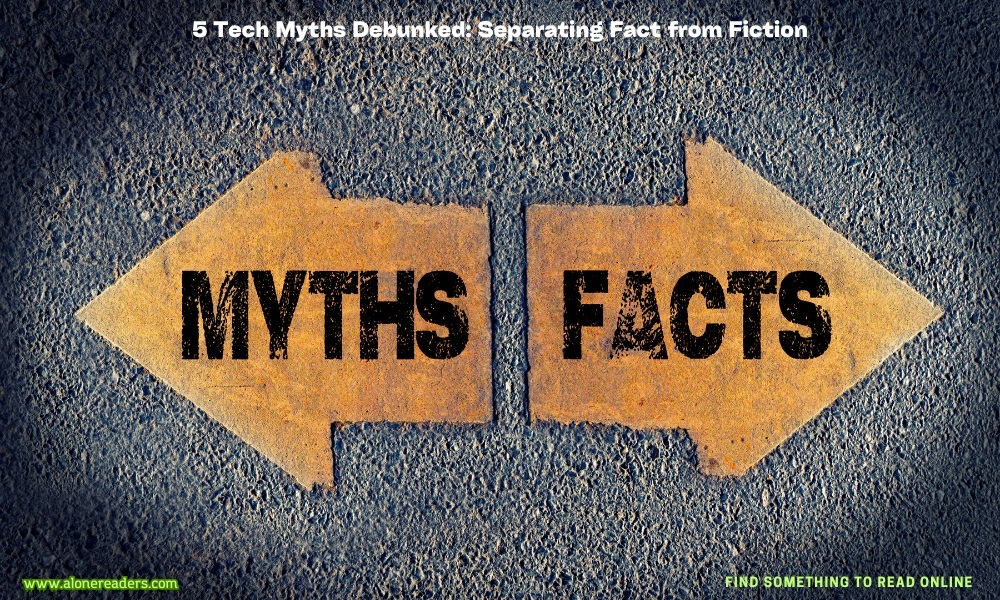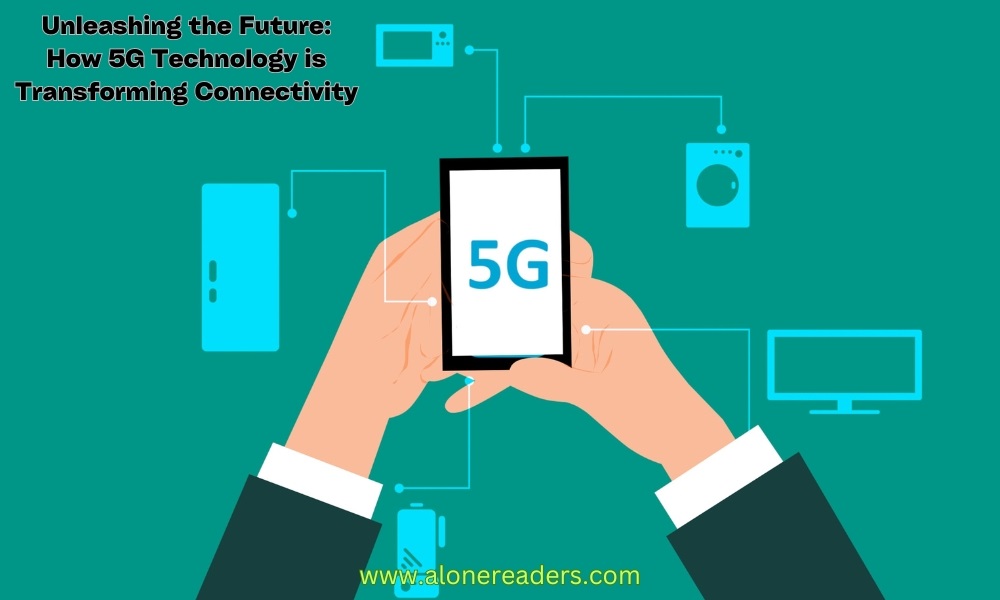Fast Charging in Smartphones: Why Many Brands Get It Wrong
- Last updated: December 21, 2023

Fast Charging in Smartphones: Why Many Brands Get It Wrong
Fast charging has become a pivotal feature in modern smartphones, significantly influencing user experience and device longevity. Despite over a decade of development, few smartphone manufacturers have perfected the art of quick charging, leading to a diverse range of efficiency and performance across devices.
The Challenges of Fast Charging
Inconsistencies Across Brands
Even among flagship phones, charging speeds vary significantly. For example, Apple's iPhone 14 series maxes out at 20 watts, resulting in over two hours of charging time for the iPhone 14 Pro Max's 4,323mAh battery. Google's Pixel 7 Pro offers up to 23W, only marginally faster than its predecessors. This inconsistent evolution of charging technologies across brands reflects a fragmented market.
Proprietary Standards vs. Universal Solutions
Many Chinese manufacturers have adopted proprietary standards, offering impressive charging speeds of 100W or more. However, these speeds often come with downsides such as excessive heat generation and short-lived peak power capabilities. The promise of ultra-fast charging is frequently unmet in real-world usage.
The Ideal Approach to Fast Charging
Balancing Speed and Health
The optimal fast charging solution lies in a balance between speed and battery health. A global standard like USB Power Delivery PPS, introduced in 2017, offers refined power control akin to proprietary standards but has yet to gain widespread adoption. Brands like ASUS with its "HyperCharge" and Samsung's Galaxy S23 series are making strides in this direction, offering fast yet stable charging solutions.
User-Controlled Charging Options
Brands are now incorporating user-controlled fast charging toggles, allowing users to choose their preferred charging speed. This flexibility not only caters to different user needs but also extends battery lifespan by avoiding unnecessary stress from constant high-speed charging.
Smart Charging Technologies
Intelligent charging solutions like ASUS's set Charging and Google's Adaptive Battery optimize charging schedules, reducing battery wear. These features are becoming increasingly common but need standardization across different price ranges and brands.
The Future of Smartphone Charging
The Ideal Charging Strategy
The ideal smartphone charging setup would offer 30–60W power, depending on the battery size, for efficient daily top-ups. It would also support USB Power Delivery PPS for broad compatibility and feature intelligent overnight charging for prolonged battery health. Additionally, the adoption of affordable, replaceable batteries could extend the lifespan of smartphones, addressing both charging and environmental concerns.
Recommendations
Currently, models like the ASUS Zenfone 10 and Samsung Galaxy S23 Plus stand out for their effective charging strategies. In Europe, the HONOR Magic 5 Pro is also a notable contender, balancing proprietary and international charging standards.
Conclusion
In summary, the fast charging landscape in smartphones is complex, with various brands approaching the challenge differently. The key to mastering fast charging lies in balancing speed, battery health, and user control, coupled with global charging standards. As technology evolves, we anticipate more brands will adopt these principles, leading to a more unified and efficient charging experience for all smartphone users.







